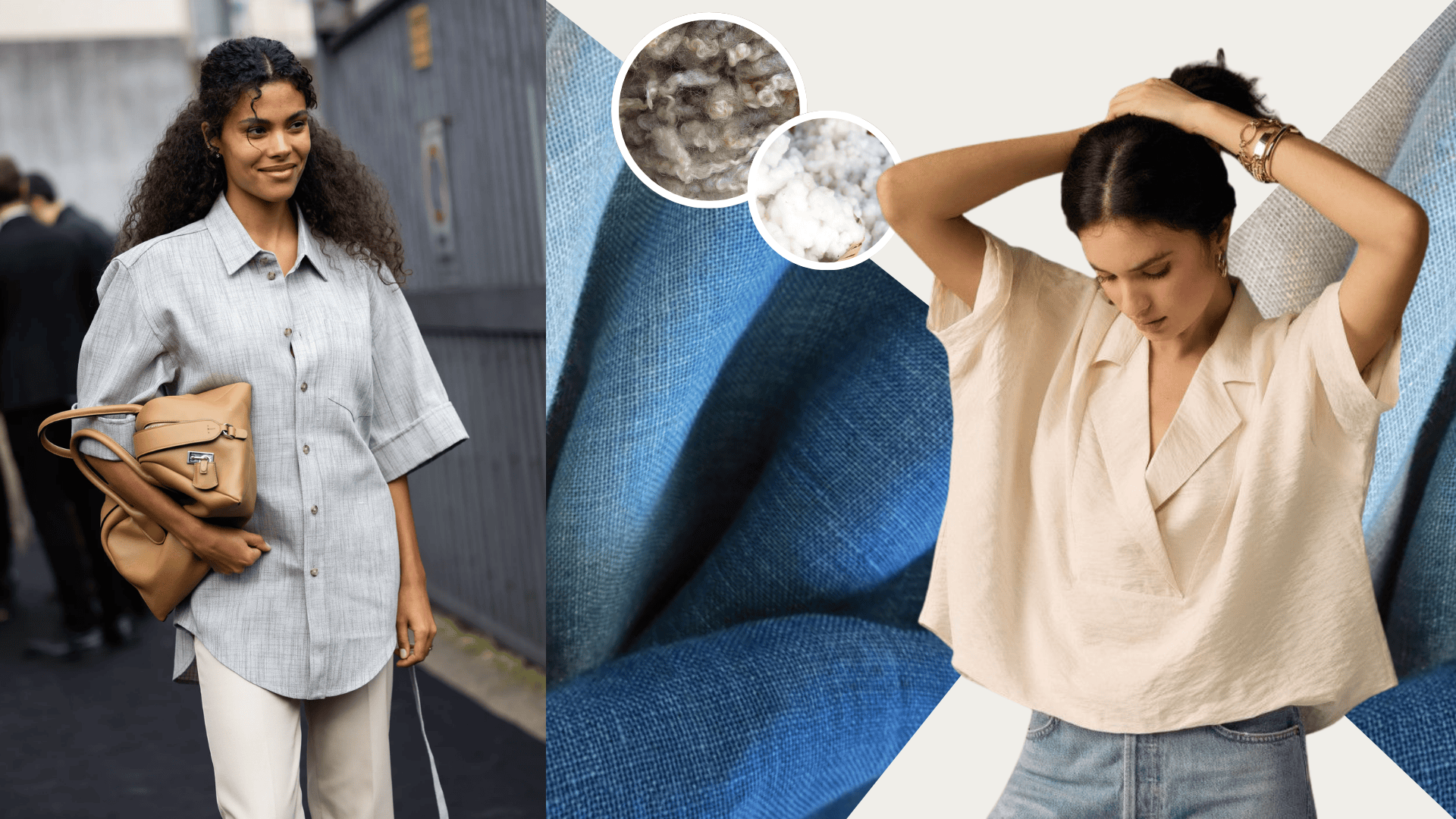
How Natural Fiber Fabrics Are Shaping the Future of Casual Wear Clothes

Once a niche preference, natural fiber fabrics are now defining how we think about comfort, expression, and responsibility in our everyday wardrobes. As we move away from mass-produced synthetics and toward slower, more intentional fashion, casual wear clothes—long dominated by polyester blends and quick-fix materials—is undergoing a quiet revolution.
Casual wear has evolved far beyond mere comfort. Today, it's a reflection of a holistic lifestyle that prioritizes well-being, sustainability, and authentic expression. Natural textiles like handspun cotton, khadi, and handloom silks offer exactly that: breathable ease, timeless drape, and a lighter environmental footprint.
This shift isn't just aesthetic. It’s structural. It’s social. It’s deeply tactile.
Why Natural Fiber Fibers Are Perfect for Casual Wear Clothes
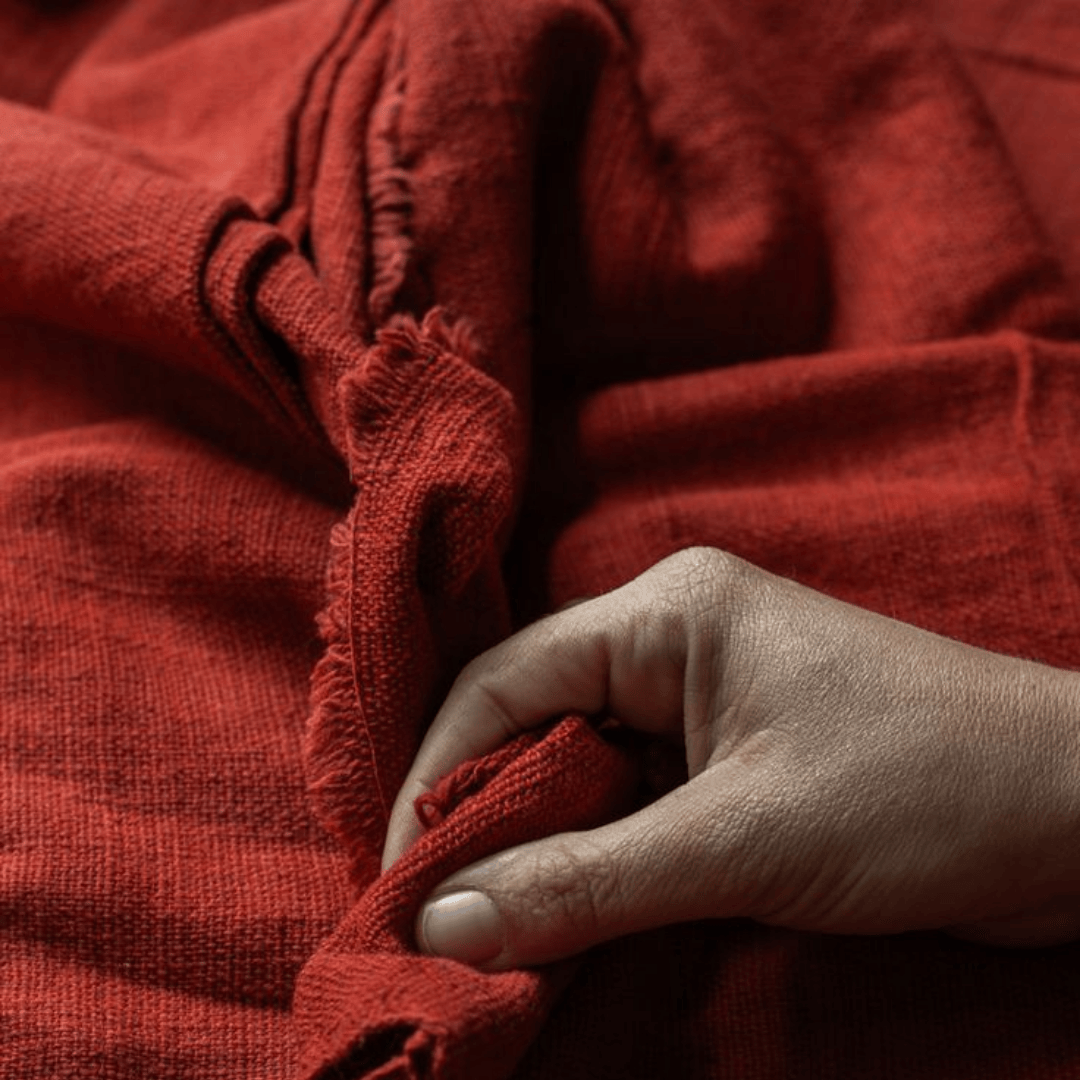
- Unmatched Comfort & Breathability: Cotton, linen, hemp, and various silks are inherently breathable, absorbent, and soft against the skin. This makes them ideal for the relaxed silhouettes that define casual wear, offering comfort across diverse climates and activities.
- Sustainability at Its Core: Natural fiber fabrics are often biodegradable, derived from renewable resources, and, especially when organically grown or traditionally processed, require fewer chemicals and less water than many synthetic fabric.
- Durability & Graceful Aging: Unlike synthetics that degrade, natural textiles age into comfort. A handloom cotton shirt gets softer, not stiffer. This durability through softness aligns perfectly with casualwear’s lived-in aesthetic.
- Authentic Aesthetics: The natural variations in texture and subtle imperfections of fibers like linen and handwoven cotton lend an authentic, understated luxury to casual garments that cannot be replicated by synthetics.
Key Natural Textiles for Casual Wear Attire
While organic cotton remains a staple, the landscape of natural casual wear is broadening to embrace a wider array of fibers:
- Linen: The original "performance fabric," linen's breathability, strength, and iconic relaxed drape make it perfect for breezy shirts, wide-leg trousers, and easy dresses.
- Hemp: Hemp requires minimal water and no pesticides, regenerating soil as it grows. Modern processing techniques are transforming it into incredibly soft fabrics ideal for durable yet comfortable casual basics like tees, jeans, and hoodies.
- Peace Silk (e.g., Eri Silk, Matka Silk): Offering the natural elegance of silk, peace silk brings a touch of sustainable fabric with luxury to casual blouses, fluid pants, and soft knitwear.
- Khadi: This handspun, handwoven fabric, a symbol of India's self-reliance and artisanal heritage, embodies slow fashion. Its unique texture and breathability make it perfect for comfortable, seasonless casual garments that carry a rich story.
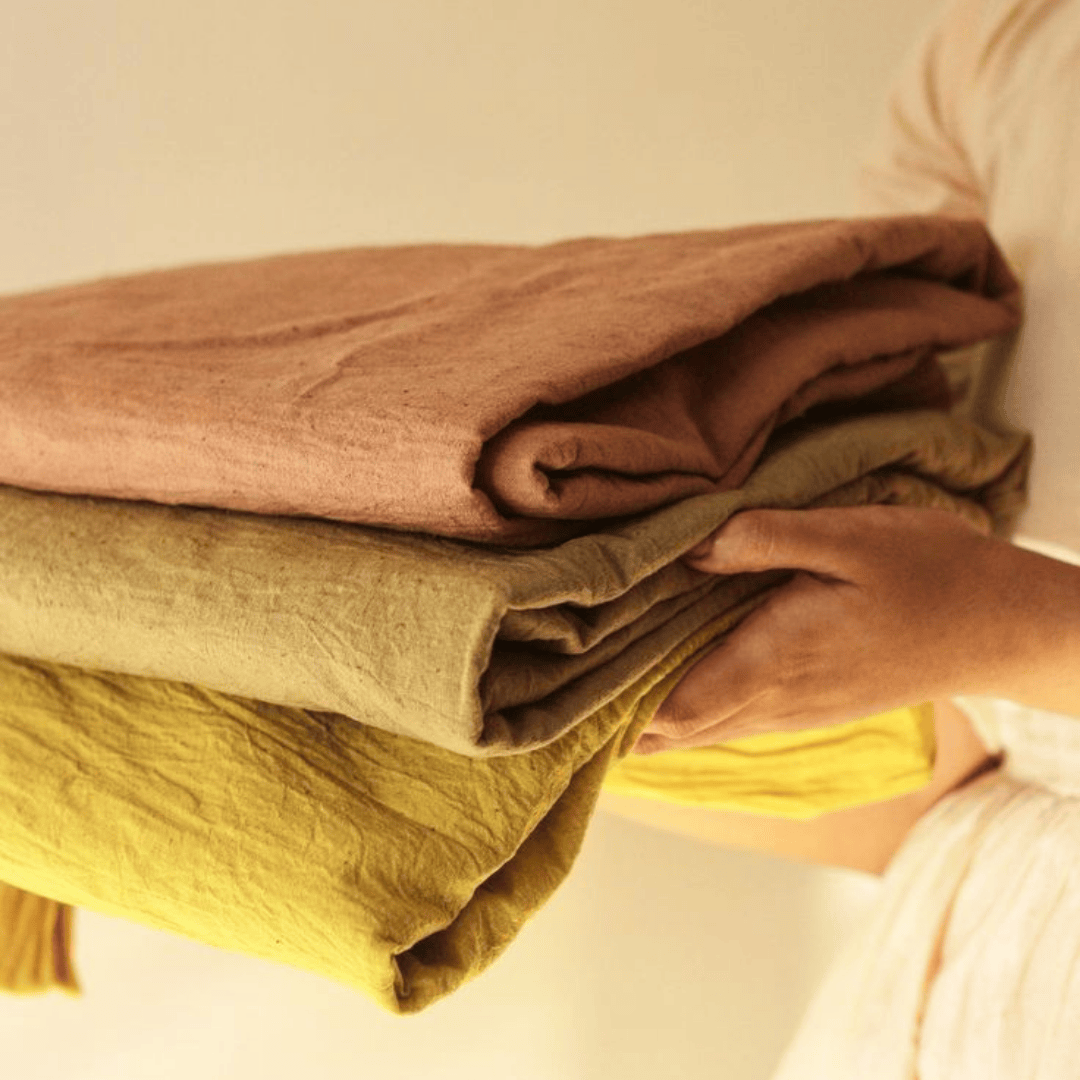
Natural Fiber Fabrics on the Global Runways
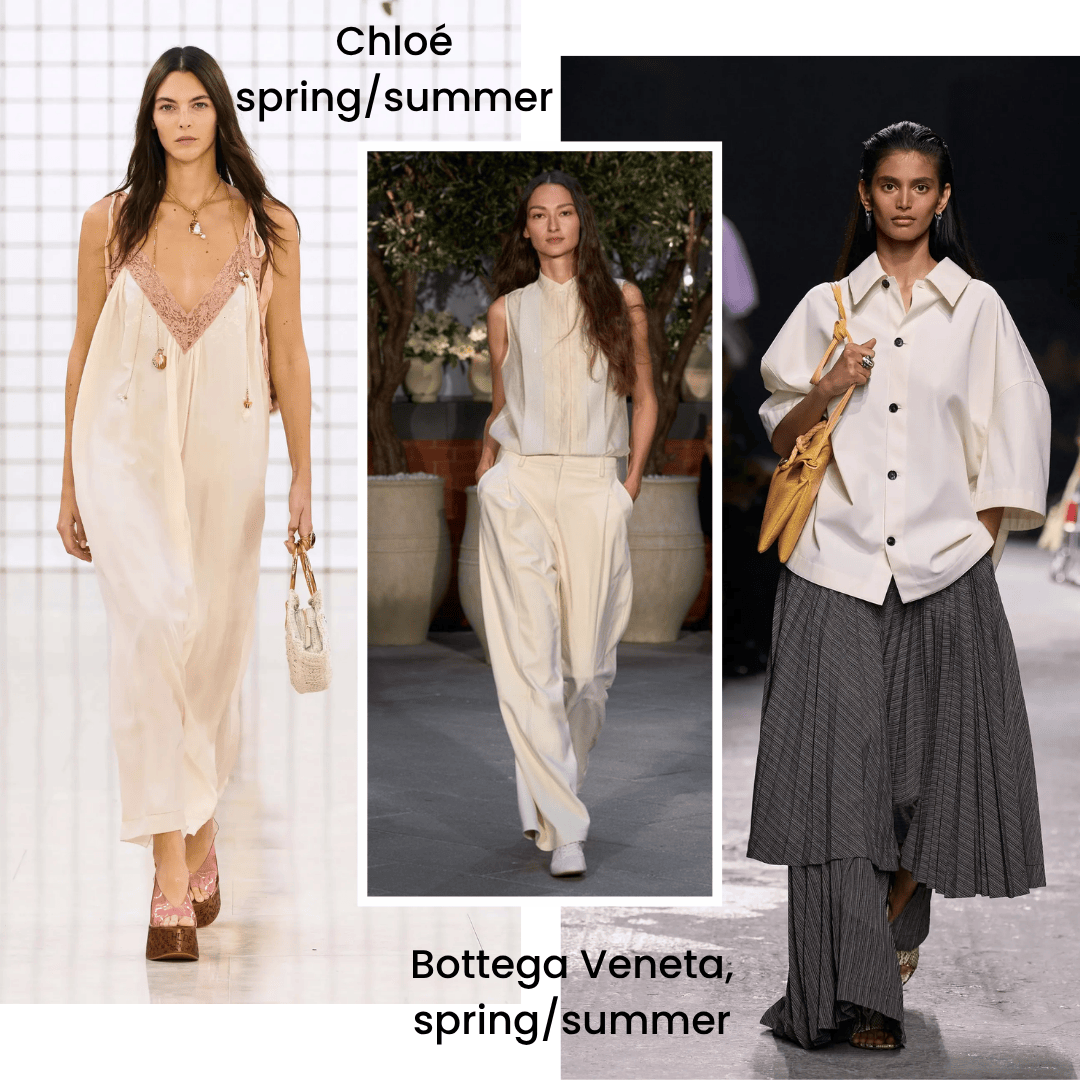
The shift towards natural fabrics in casual wear isn't just a grassroots movement; it's being championed by high fashion, influencing global trends.
Designers are increasingly showcasing relaxed, yet refined, silhouettes crafted from natural fibers, blurring the lines between luxury and everyday comfort.
Across various fashion weeks (New York, London, Milan, Paris), recent seasons (Spring/Summer, Fall/Winter) have shown a clear emphasis on relaxed tailoring, fluid drapes, and tactile textures—all hallmarks of natural fabrics.
Designers are moving away from stiff, overly structured garments towards pieces that offer ease of movement and comfort, often presented in earthy, natural palettes that complement the inherent qualities of these fibers.
From Farm to Fiber: Reconnecting with Craft
What sets natural casual wear attire apart isn’t just the fabric, but the story behind the fabric.
At Anuprerna, we work with artisan clusters that spin, weave and dyed fabric, each yard by hand—creating textiles that are as rich in character as they are in texture.
This connection to people and process adds another layer of value: casualwear clothes that isn’t casual about its impact.
Ready to build casualwear that breathes with intention?
Explore our collection of handwoven cottons, khadi, and naturally-dyed fabrics—crafted by artisans, designed for modern comfort.
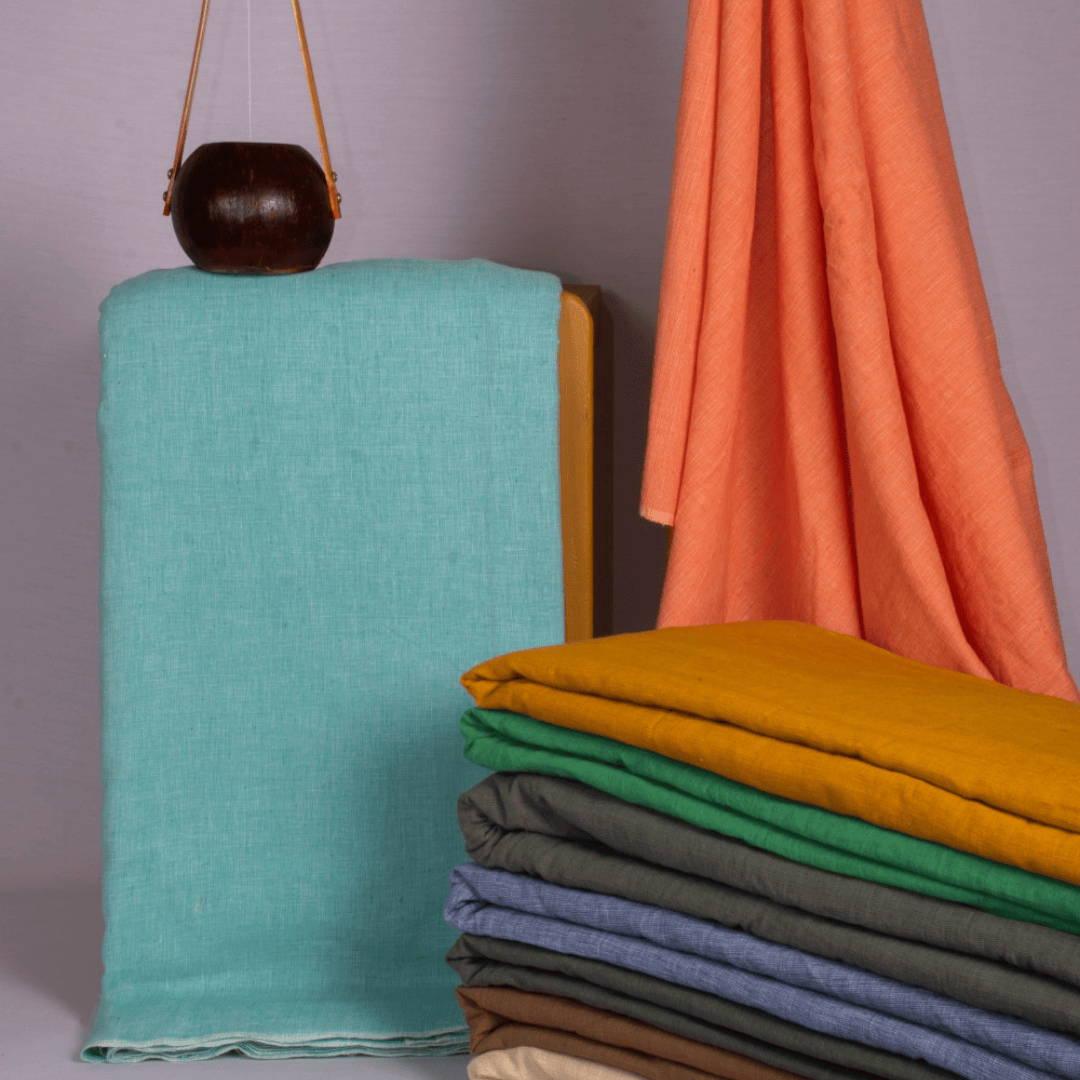
Design Meets Intent: Styling the New Casual

The relaxed tailoring of handwoven drawstring pants. The subtle drama of a naturally-dyed co-ord set made out of sustainable fabric.
The crisp ease of a khadi shirt. These silhouettes prove that sustainability doesn’t mean sacrificing style.
Designers are increasingly turning to natural textiles not just for their sustainability profile—but for their versatility.
These comfortable fabrics can be elevated or pared down, offering fluidity across dayparts and dress codes.
Conclusion
Natural fiber fabrics are more than just a trend in casual wear; they represent a fundamental shift in how we perceive and interact with our clothing.
They offer a future where comfort, style, and environmental responsibility are not mutually exclusive but are intricately woven into every fiber, promising a softer, more sustainable wardrobe for us all.
For readers looking to explore further, here another handpicked blog from Anuprerna that deepen the conversation around natural fabrics, everyday fashion, and artisan-driven design.
related questions
Are natural fabrics more expensive than synthetic fabrics?
arrow_drop_downWhile some natural fabrics, especially those ethically sourced or with specialized processing, might have a higher initial cost, their durability and longevity can make them more cost-effective in the long run. There are also many affordable natural fiber options available.
How do natural fabrics compare to synthetic fabrics in terms of breathability and comfort?
arrow_drop_downNatural fabrics like cotton, linen, and wool are generally far more breathable than most synthetics (like polyester or nylon). They allow air to circulate and moisture to evaporate, which helps regulate body temperature, keeping you cooler in warm weather and warmer in cool weather. Synthetics often trap heat and moisture against the skin, leading to discomfort.
How do I care for casual wear made from natural fabrics to ensure longevity?
arrow_drop_downProper care is crucial for natural fabrics. Generally, natural fibers prefer cooler washes and air-drying or low-heat tumble drying to prevent shrinking and maintain integrity. Always check the care label as specific instructions vary by fabric type (e.g., wool often requires gentle washing or dry cleaning, while cotton is more robust).
More Blogs
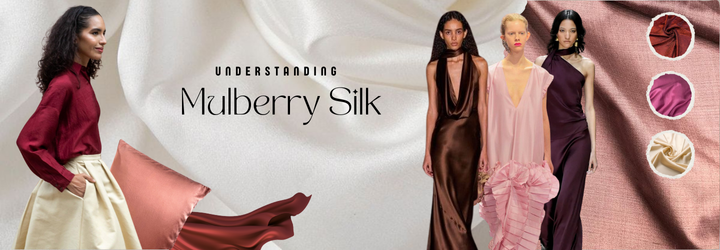
understanding mulberry silk quality: what designers often miss and why it matters
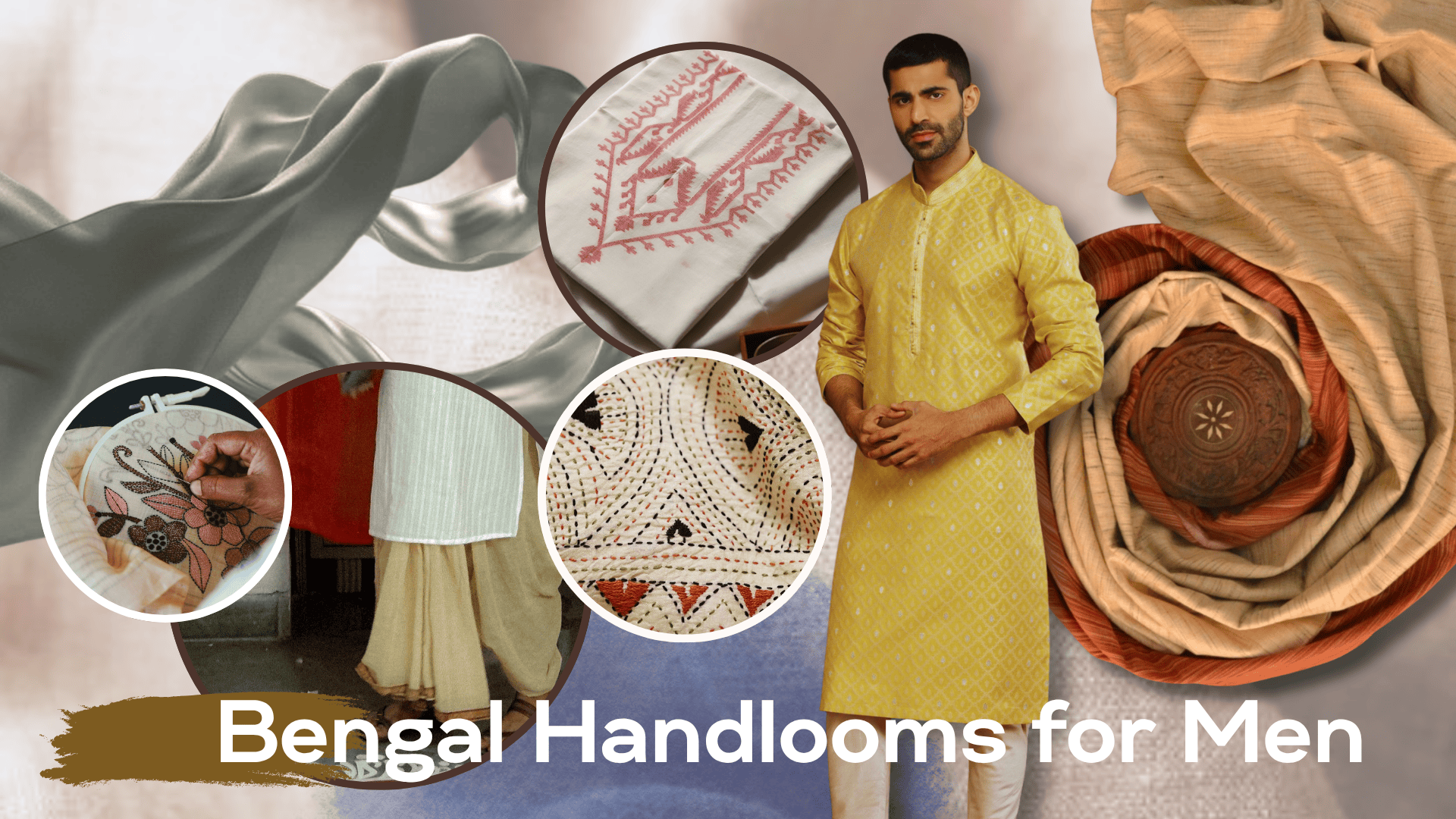
bengal looms for men: beyond the kurta
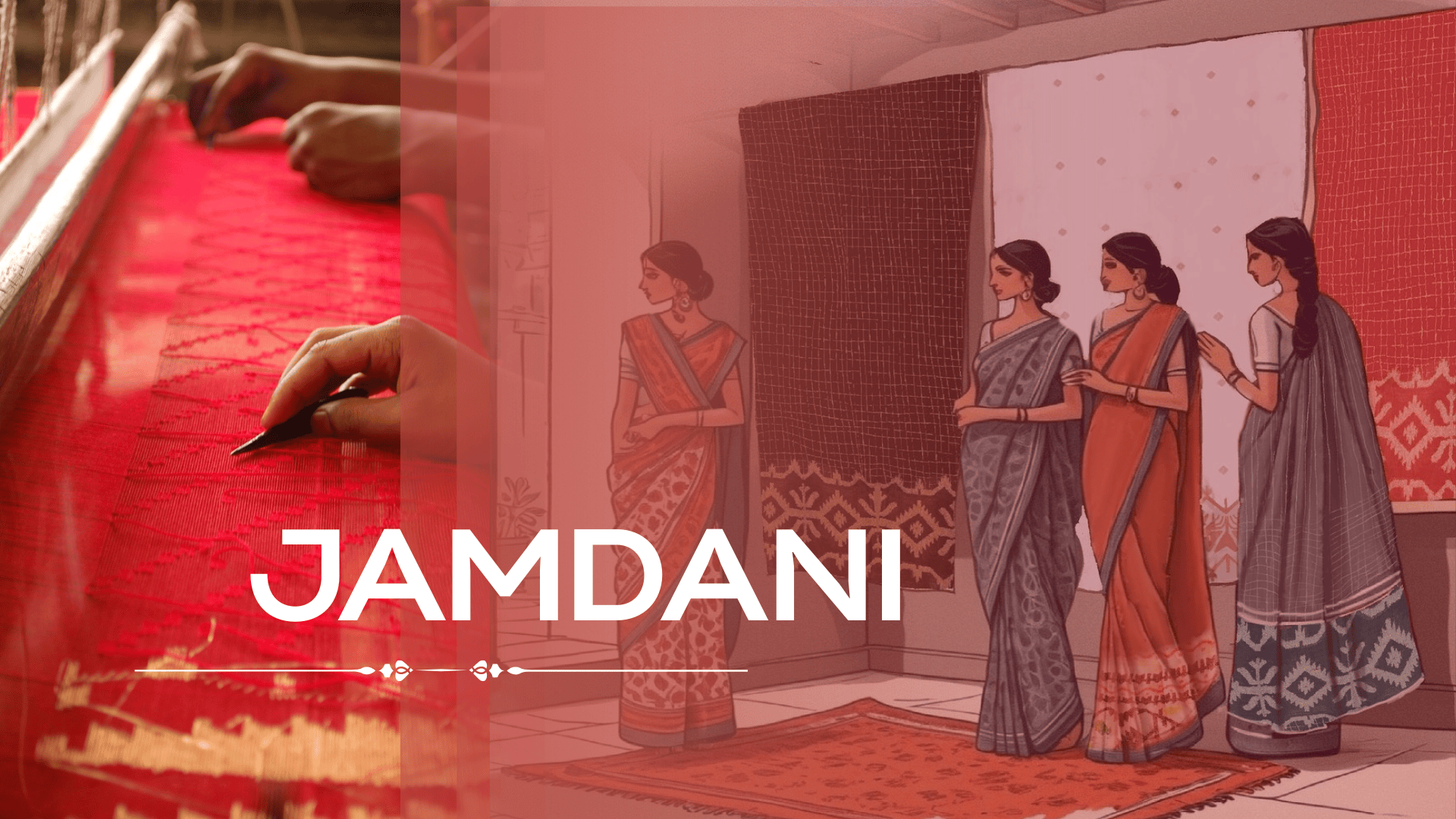
jamdani magic: why this weave is unesco-recognized as cultural heritage
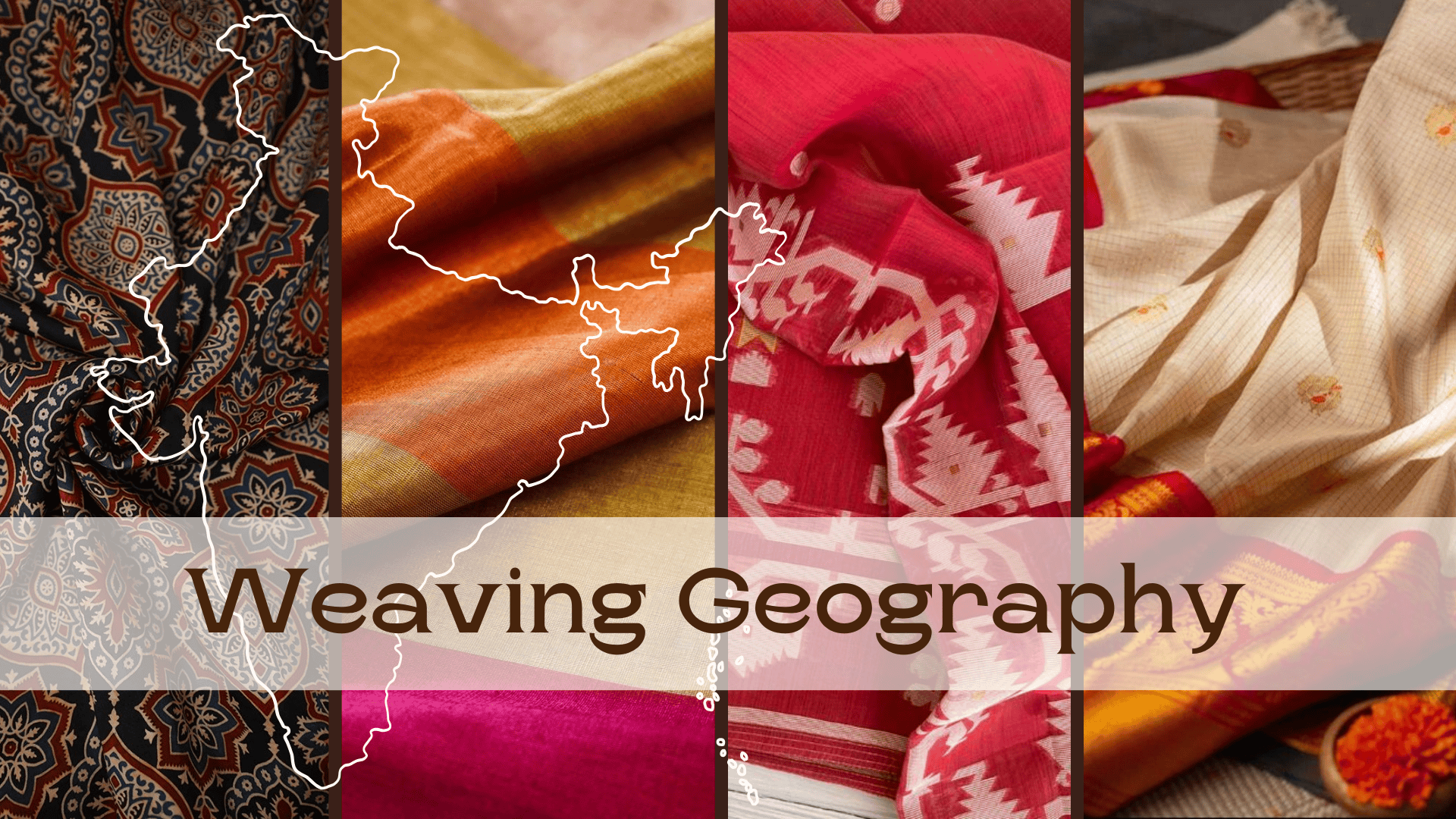
weaving geography: which district is known for which handloom fabrics
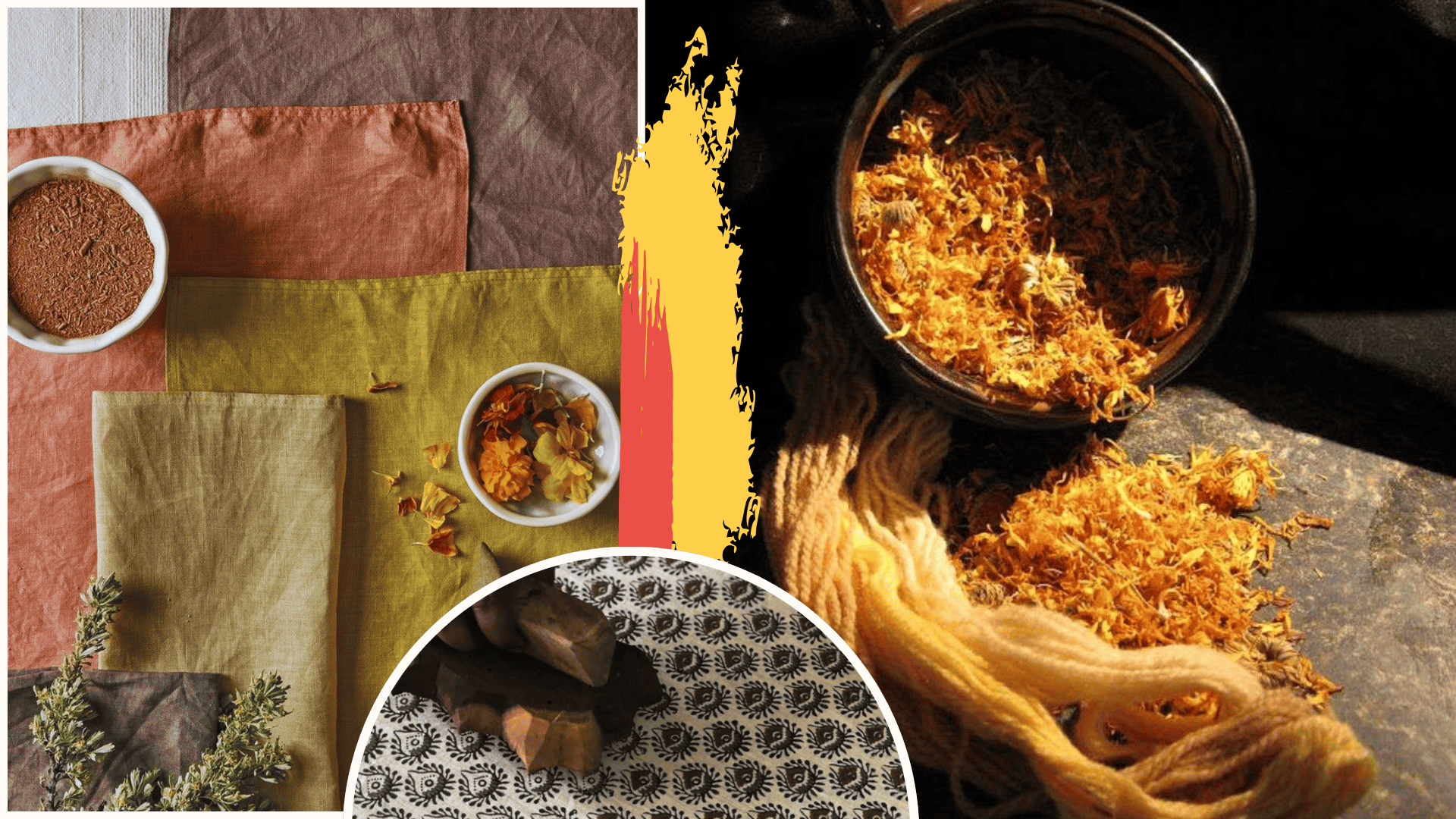
the ultimate guide to naturally dyed and block printing textiles
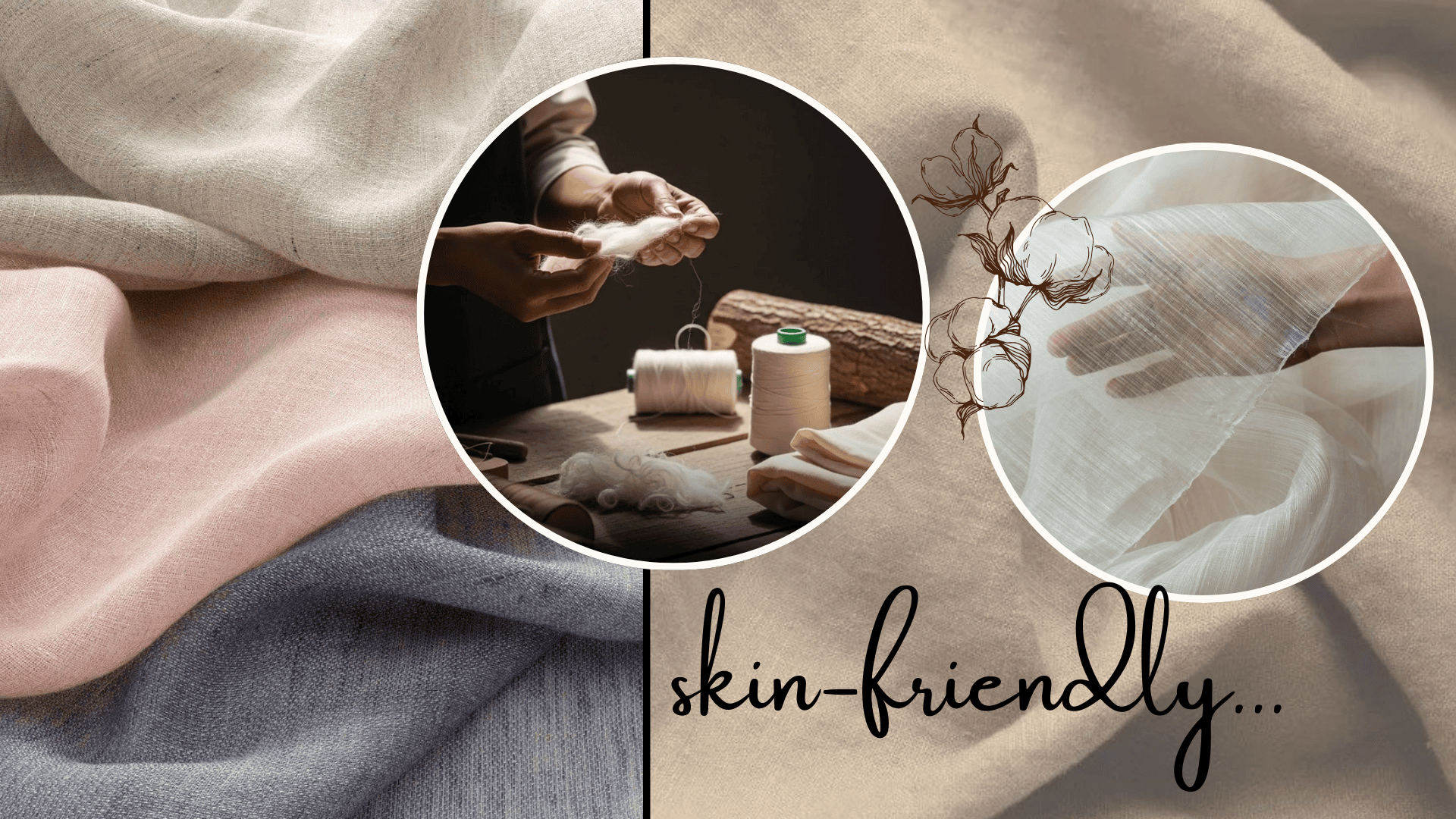
why skin-friendly textiles are the next luxury in fashion






